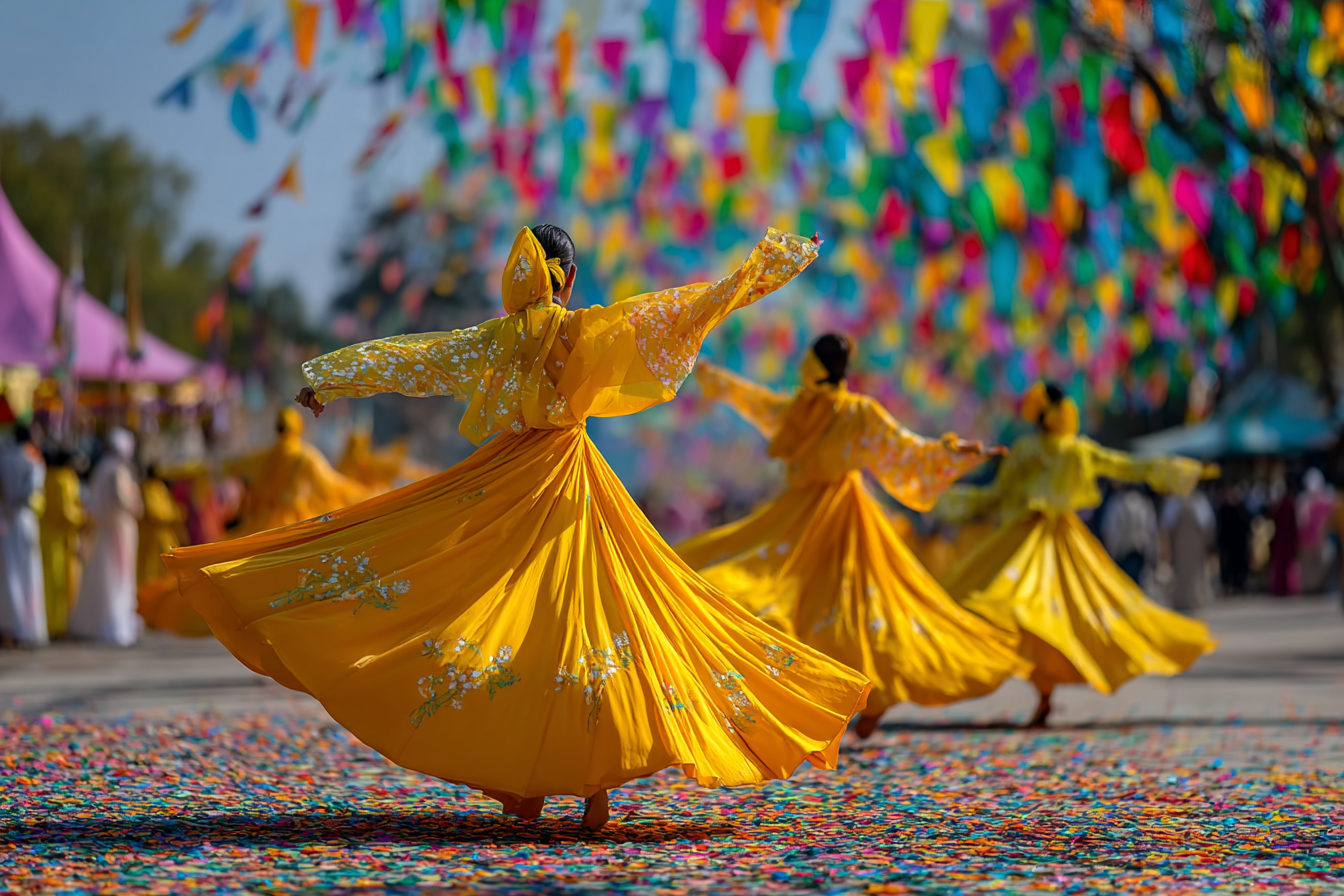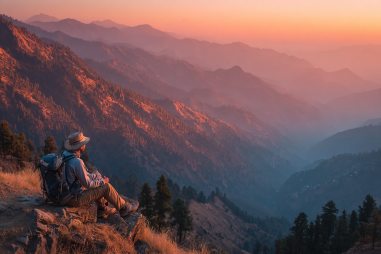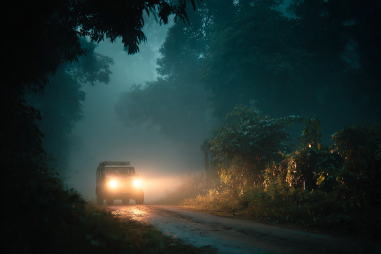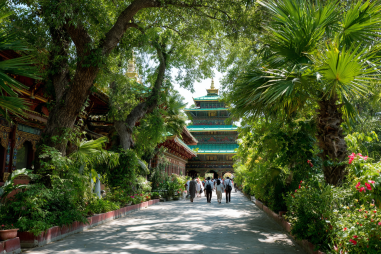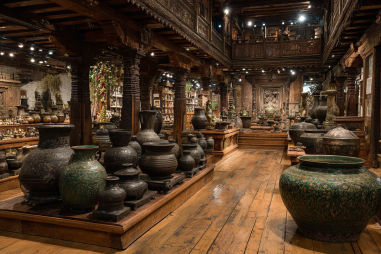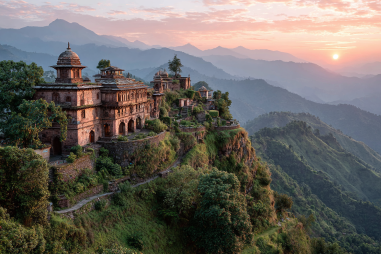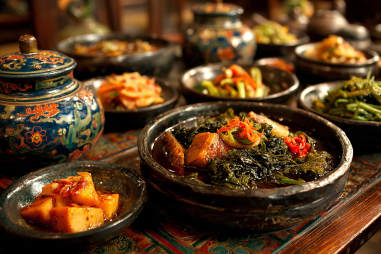Lumbini, nestled in the plains of southern Nepal, is not only revered as the birthplace of Gautama Buddha but also as a vibrant hub of spirituality and culture. Throughout the year, this sacred site comes alive with a series of lively and meaningful festivals that attract pilgrims, tourists, and culture enthusiasts from all over the world. These events showcase the rich Buddhist traditions, local customs, and international peace celebrations that define Lumbini’s unique character. Whether you are seeking spiritual enrichment or a deep dive into cultural festivities, understanding the Lumbini festival calendar helps you plan the perfect visit and participate respectfully in the celebrations.
Overview of Major Festivals in Lumbini
Lumbini’s festival calendar revolves primarily around Buddhist holy days and cultural fairs that highlight the region’s heritage. Major festivals here bring together monks, devotees, locals, and visitors in a shared experience of reflection, joy, and community engagement. Some of the key celebrations include Buddha Jayanti, various international peace events, and traditional fairs that celebrate the agricultural and cultural rhythms of the area. Each festival has its own distinctive rituals, ceremonies, and activities that offer insight into Lumbini’s spiritual legacy and the vibrant life of its local people.
Buddha Jayanti Celebrations
Undoubtedly the most significant festival in Lumbini is Buddha Jayanti, the commemoration of Buddha’s birth, enlightenment, and death. This festival usually falls in April or May, according to the lunar calendar, and marks one of the most auspicious days for Buddhists worldwide. At Lumbini, the celebrations are grand and deeply spiritual, centered around the sacred Mayadevi Temple in the Lumbini Garden where the Buddha was born.
During Buddha Jayanti, pilgrims from various countries engage in prayers, chanting, meditation sessions, and offerings. The atmosphere is filled with colorful decorations, traditional music, and the fragrance of incense and flowers. Special rituals such as bathing the Buddha statue with fragrant water symbolize purification and devotion. Visitors can also witness teachings by revered monks, participate in candlelight processions, and enjoy cultural performances that depict the life and teachings of Buddha.
International Peace Festivals and Events
Lumbini carries a mantle of peace and compassion, making it a natural venue for several international peace festivals held throughout the year. These events celebrate themes of harmony, global unity, and non-violence, often attracting dignitaries, spiritual leaders, and peace activists from around the globe. The International Buddhist Meditation Center and the World Peace Pagoda are focal points for many of these gatherings.
One notable event is the Lumbini International Peace Forum, which typically takes place annually and includes workshops, seminars, and cultural exchanges to promote understanding among different communities. These festivals incorporate meditation retreats, musical performances, and art exhibitions emphasizing peace. Participating in these festivals provides a profound sense of connection to a worldwide community committed to fostering compassion and goodwill.
Traditional Cultural Fairs
Beyond the religious and peace-themed celebrations, Lumbini hosts various traditional fairs that reflect the rich cultural tapestry of the local Tharu community and other ethnic groups. These fairs are usually linked to agricultural cycles, harvest times, and seasonal changes, blending vibrant market activities with folk dances, traditional music, and handicraft displays.
During these fairs, visitors can sample local cuisine, buy handcrafted souvenirs, and observe unique cultural practices such as puppet shows, mask dances, and ritual offerings. These events offer a lively glimpse into the daily lives and artistic expressions of the people who call this historically sacred land their home.
How to Participate Respectfully
Participating in Lumbini’s festivals is a rewarding experience, but it comes with the responsibility of showing respect for local customs and spiritual practices. Here are some guidelines to ensure you honor the traditions and sensitivities of this sacred place:
- Dress Modestly: Wear clothing that covers shoulders and knees, and avoid bright or flashy outfits during religious ceremonies.
- Follow Ritual Protocols: Observe the order of ceremonies and refrain from interrupting or taking photos in restricted zones, such as inside temples.
- Maintain Silence and Reverence: Keep noise levels low, especially during meditation and prayer sessions.
- Ask Before Photographing: Seek permission before photographing monks, pilgrims, or sacred rituals.
- Avoid Alcohol and Meat: During festival days, abstain from using alcohol and eating meat as a sign of respect for Buddhist teachings.
- Engage with Locals: Approach local participants with kindness and humility, showing genuine interest in their culture.
By following these simple practices, visitors can enrich their experience and contribute positively to the festival atmosphere.
Planning Your Visit Around Festival Dates
Timing your trip to Lumbini to coincide with one or more festivals can transform a standard tour into a deeply meaningful journey. Since the festival dates in Lumbini follow the lunar calendar and shift slightly each year, it’s wise to check reliable sources or local tourism offices for the exact schedule before making travel arrangements.
Aside from navigating the festival dates, keep in mind that during peak festival periods, accommodations and transportation may fill up quickly. Booking in advance is highly recommended. Additionally, consider scheduling your visit over multiple days to fully immerse yourself in the celebrations and explore the numerous monasteries, museums, and historical sites around Lumbini.
The best time to experience a variety of festivals ranges from April to November, capturing Buddha Jayanti in spring and several peace and cultural festivals through the later months. Weather during these months is generally pleasant, adding to the comfort of your travel experience.
Enriching Your Journey with Local Celebrations
Exploring the Lumbini festival calendar is more than just planning travel dates—it’s an invitation to step into a living spiritual and cultural heritage. Each festival opens a door to understanding the teachings of Buddha, the aspirations for peace cherished by diverse communities, and the vibrant traditions that keep the local culture thriving.
Whether sitting quietly in prayer alongside monks, joining in a lively traditional dance, or simply watching the sun set over the sacred gardens after a day filled with festival energy, your visit will become more than a sightseeing trip. It will be a memorable chapter in your own journey of discovery—one marked by the warmth of welcoming communities and the timeless spirit of Lumbini.

